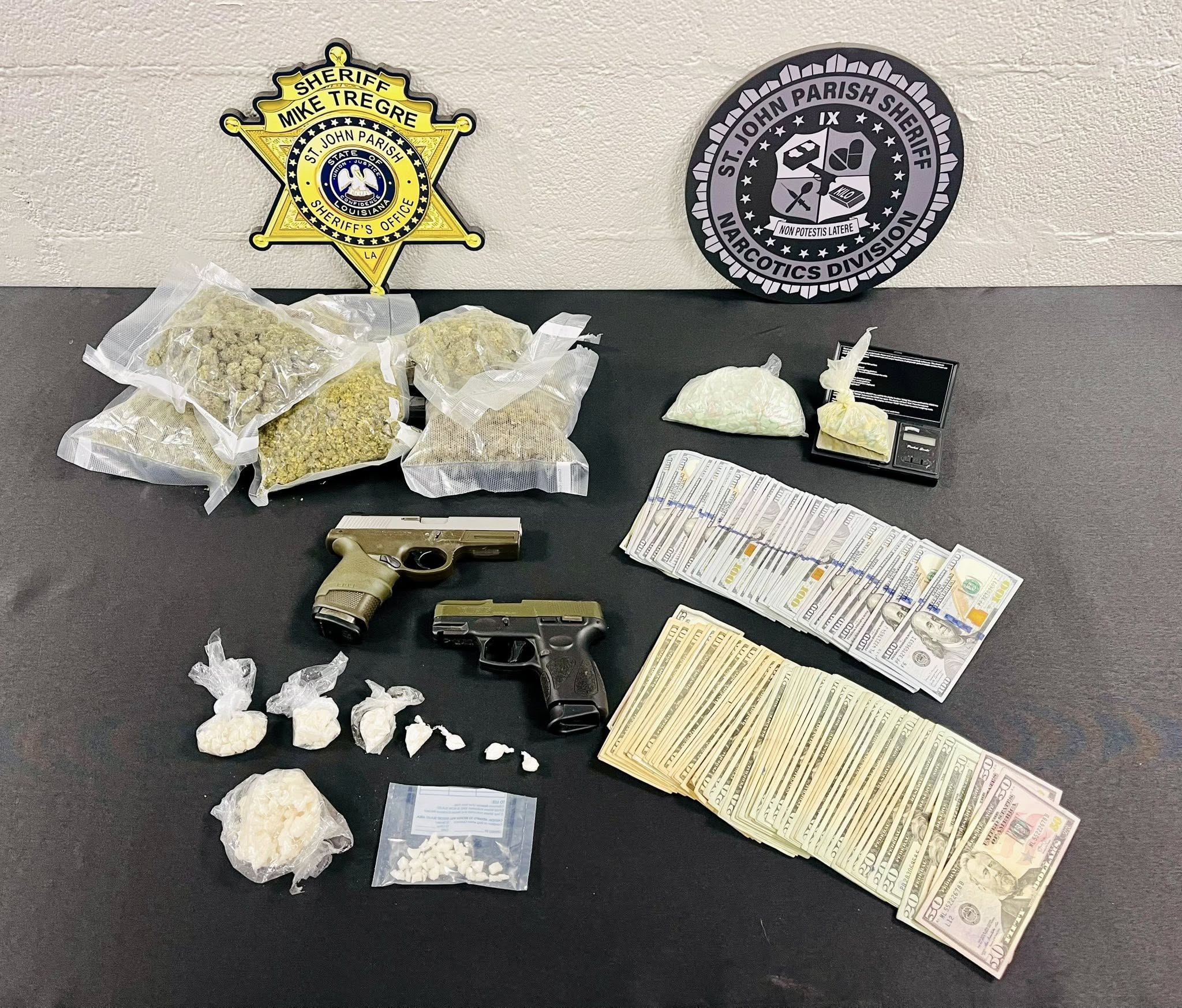Evergreen dig is key to past
Published 12:00 am Monday, October 25, 1999
LEONARD GRAY / L’Observateur / October 25, 1999
WALLACE – One might think you were looking at ladies puttering in their garden, preparing a bed for roses. However, at least for the day, they werescientists.
People from all over have been working in an archaeological “dig” at Evergreen Plantation in a project aimed at examining the lives of slaves and freedmen who worked at the sugar plantation and lived in the 20 still- surviving cabins on the property.
On Monday afternoon, the clear air was punctuated by squeals of delight, as the ladies from Belle Chasse turned up a brass door-key and a 5-cent coin from Haydel Brothers Planting Co.
As soil is removed, it is passed through screens to pick up large objects and sifted to find smaller objects.
Cultural artifacts, including ceramic and glass, metal objects, buttons, marbles, doll parts and bone fragments, were turned up during a one-week study last May by Dr. Scott E. Simmons of Southeastern LouisianaUniversity, who is coordinating the project for the university’s African- American Archaeology Research Program.
The program continues through Nov. 19 and is open Fridays throughMondays each weekend, 8 a.m. to 4 p.m. (except on Sundays, when it startsat 10:30 a.m.).Simmons conducted the first-ever archaeological research in the Evergreen Plantation’s history, turning up the original kitchen herb garden, among the artifacts.
“We don’t know what they were used for,” Simmons said of two four- plexes among the slave cabins, “but it’s hoped we can test the theories.”Volunteer “archaeologists” are asked to commit to at least two hours of work at the site for each day they volunteer. Site tours are also availableto organized groups of at least 10 people.
Field equipment, such as shovels and brushes will be provided, as well as drinking water.
Volunteers are asked to provide their own appropriate work clothing, shoes, hats, sunscreen, gardening work-gloves, insect repellent, kneeling pad or kneepads and their own food.
Also on display among the cabins is a detailed plantation inventory, in English and the original French, of the plantation’s slaves in the 1850s.
The project is funded through a $1,700 matching grant from the Louisiana Endowment for the Humanities.
Return To News Stories





